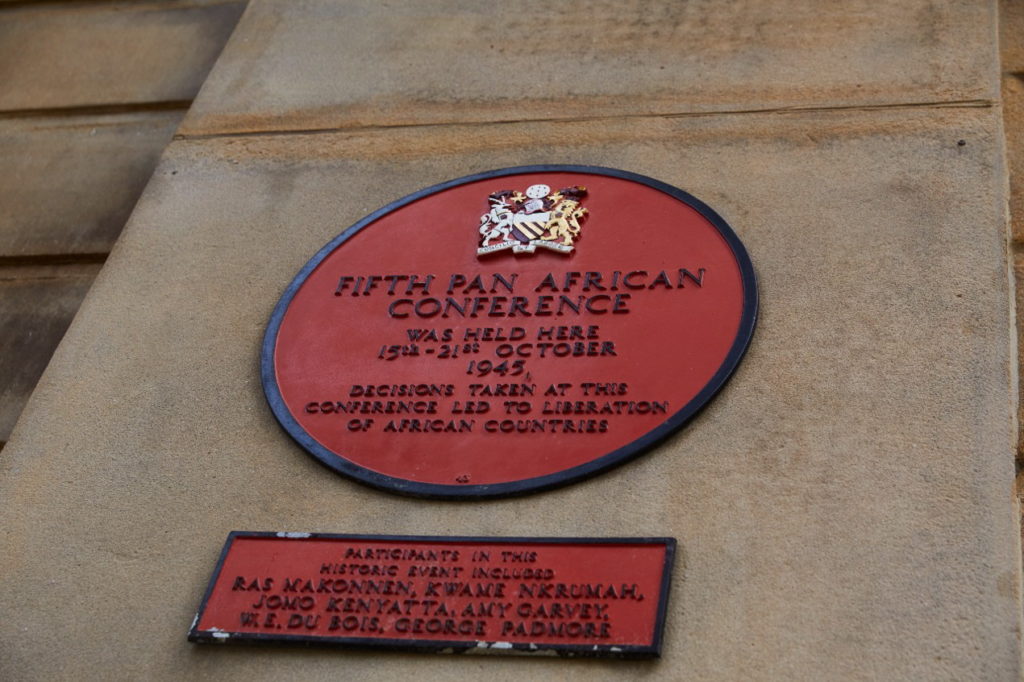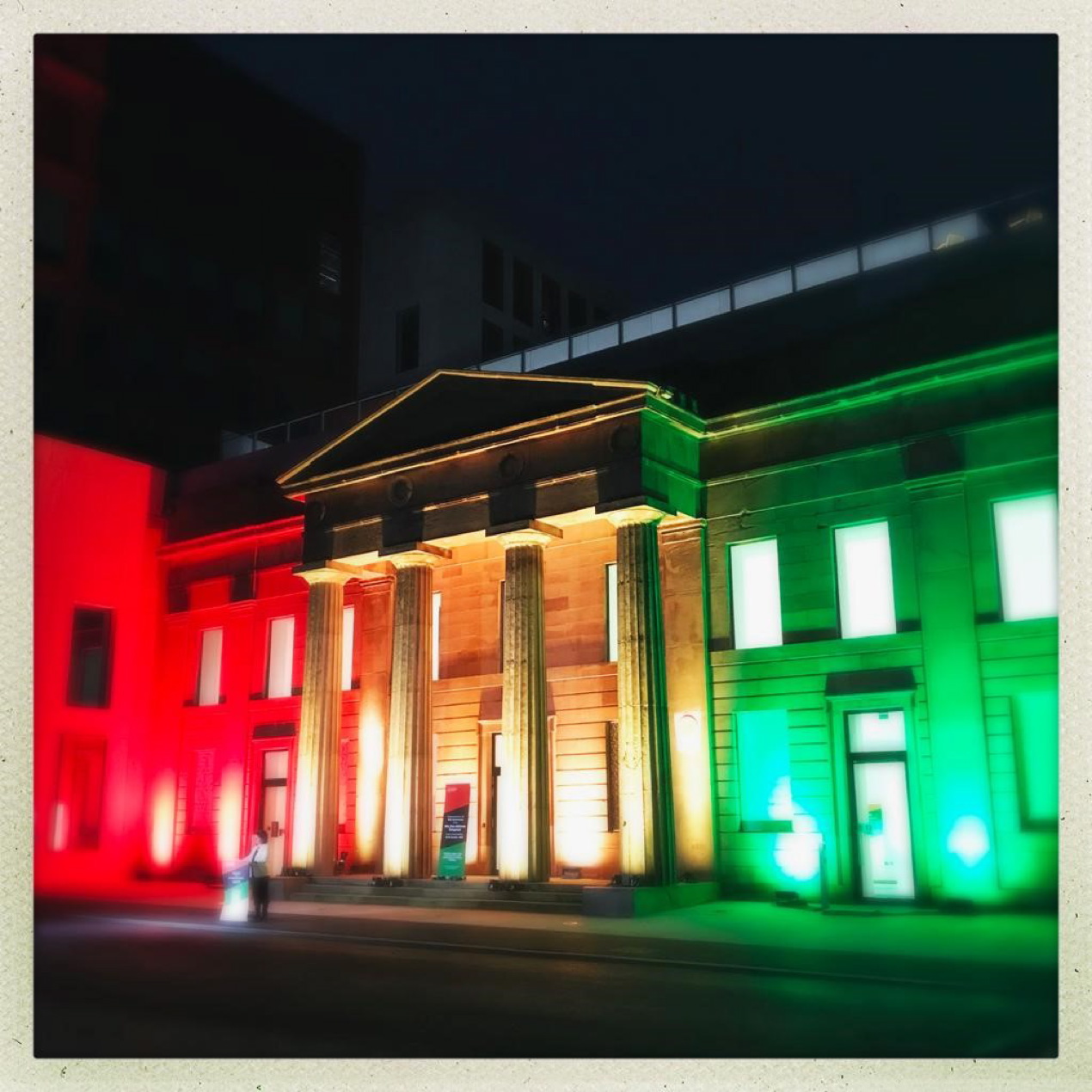Liberation in the town hall
Ola Uduku, professor of architecture at Manchester Metropolitan University, explains the global significance of the 5th Pan African Congress, which took place in the city 75 years ago
The 5th Pan African Congress, held at Chorlton Town Hall in Manchester in October 1945, was crucial in the history of African liberation in the 20th century. Being held at the end of World War Two, and just before the creation of the United Nations, the declarations and resolutions that the Congress issued formed the basis of petitions sent to the UN, which aided the debate and final move to self-rule for African, Asian and other nations that had been ruled by imperial interests.
A significant number of the African delegates at the conference went on to lead national independence movements and themselves became presidents of the new nations, such as Kwame Nkrumah, first president of Ghana, Hastings Banda, Malawi, Jomo Kenyatta, Kenya, and the two major politicians, Obafemi Awolowo and Nnamdi Azikiwe, who became statesmen of Nigeria’s first republic. The main organisers Ras Makonnen and Peter Milliard also were and remained major figures in Manchester and the UK’s Black Pan African socialist movement, both being involved in racial equality and social rights causes for Manchester’s black population.
Fast forward 75 years, and after a summer of international Black Lives Matter protests, with Manchester being part of this, there are resonances with the issues discussed in 1945 in Manchester. A whole day was set aside at the 1945 congress to discuss a session titled the “Colour Problem in Britain”. Whilst Milliard had said that he felt Manchester was the most liberal of English cities, the session he chaired highlighted the continuing problems with racial discrimination in the UK, particularly the plight of groups such as West African seamen. Makonnen also used the funds he made from his trading business, run from Oxford Road in Manchester, to champion causes such as setting up a home for abandoned black children and supporting the activities of the Pan African Congress.
Today the issues that the Black Lives Matter movement have raised are similar: problems that affect much of Britain’s black population. Social conditions, economic outcomes, income equality and other markers of development for black Britons remain significantly lower than for their white counterparts. There are only a few areas, mainly in sport and some areas of entertainment, that there is a significant black presence. From my perspective as an architecture academic, there has not been a significant increase in British black architects in the 25 years since Stephen Lawrence’s horrific death, and there is a question whether had Lawrence lived he would have achieved his ambition to be one.
At Manchester Metropolitan University, we are commemorating this anniversary, which comes at this significant period in time. Despite the trials of Covid-19, making this a fully online event, we feel it important to mark this occasion, which falls within Black History Month.
The Arts and Humanities Building at Manchester Metropolitan University’s All Saints campus is built on the grounds of the Chorlton Town Hall where the 1945 Congress was held. A plaque on the building commemorates the event.
The PAC@75 celebrations took place to coincide with the 75th anniversary, in collaboration with the University of Manchester, University of Salford and the University of Bolton. The virtual events included a high schools workshop led by Marie Molloy, senior lecturer in American history at Manchester Metropolitan University, in collaboration with student ambassadors and with input from Tunde Adekoya.
There was a series of talks and reflections by high profile speakers, including the African writer and philosopher Kwame Anthony Appiah, whose father had been a delegate at the 1945 Manchester Congress, Afua Hirsch, Gary Younge, and David Olusoga. Our students, along with students from Universities of Manchester, Salford and Bolton, were involved in interviewing these speakers.

For the duration of the festival Michael Gorman, senior learning and teaching fellow at Manchester School of Art, and his team of students have produced a stunning light installation, which projects the colours of the Congress, along with texts and images from the Congress that can be viewed from All Saints Park.
We are also hosting a debate, which includes key critical thinkers from Manchester Metropolitan University and reflections from others. The Manchester School of Architecture student team will present a historical pop-up map of Black Manchester, which can be viewed virtually.
We feel that with this commemorative event we have been able to delve into and remember a significant part of Manchester’s history, which has for far too long remained remarkably forgotten. The event seeks to create a further legacy of information on Manchester’s black history as an archive for historians at all levels.

Leave a reply
Your email address will not be published.